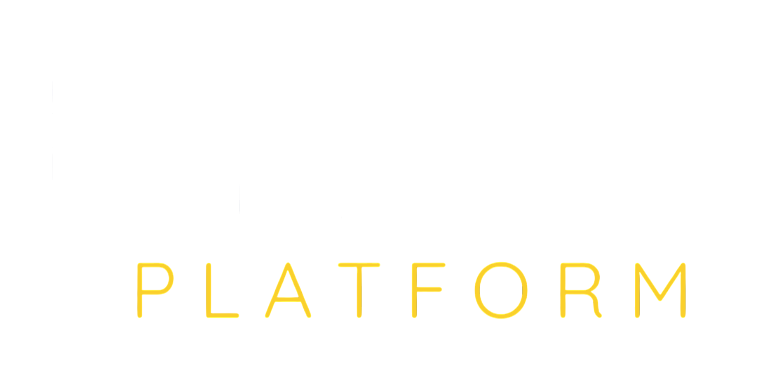
What Is IoT? Guide to the Internet of Things
8/8/2025
Introduction
The term IoT has become a buzzword in the tech world, but what does it really mean for your business?
You’ve probably heard about smart homes, connected cars, and wearable tech. But the Internet of Things is not just a trend for consumers. It’s a powerful tool that businesses across industries are using to streamline operations, gather real-time data, and drive innovation.
If you're a business owner or decision-maker looking to understand IoT without the jargon, this guide is for you.
What Does IoT Mean?
IoT stands for the Internet of Things. At its core, it refers to a network of physical devices connected to the internet that can collect, send, and receive data.
These devices can be anything from a smart thermostat in your office to a sensor on a factory machine. The key is that they communicate with each other and with central systems through the cloud.
For example, a temperature sensor in a warehouse can detect heat levels and automatically trigger an alert or adjust the cooling system. No human input is required after setup. The system monitors, decides, and acts on its own.
Read more: How to Measure the ROI of Your Digital Marketing Efforts in the US
How IoT Works in Real Life
The Internet of Things operates through a combination of sensors, connectivity, and automation.
- Sensors or Devices collect real-time data such as temperature, motion, location, or pressure.
- Connectivity allows these devices to send the data to a central platform using Wi-Fi, cellular networks, or other protocols.
- Data Processing and Automation occur when software systems analyze the data and either provide insights or trigger actions.
This process enables businesses to make decisions based on real-time, accurate information rather than guesswork.
Real-World Examples
Understanding how IoT applies to your industry starts with seeing how other businesses use it. Here are a few practical examples.
1. Smart Offices and Buildings
Offices are using IoT for automation and energy savings. The lights turn off when no one is in the room. Thermostats adjust based on occupancy. Security systems provide live video feeds accessible from anywhere.
This creates a more efficient, secure, and environmentally friendly workplace.
2. Manufacturing and Industrial Applications
Factories rely on IoT sensors to monitor machinery. These sensors detect early signs of wear and tear so that maintenance can happen before a breakdown.
This reduces downtime and helps avoid costly repairs, all while improving worker safety.
3. Retail and Customer Experience
Retailers use IoT to track inventory in real time with smart shelves. Cameras and sensors provide heat maps that show which areas of the store attract the most traffic.
This helps businesses optimize layouts and restocking while learning more about customer behavior.
4. Logistics and Fleet Management
Companies managing delivery trucks or fleets use IoT to monitor vehicle health, fuel usage, and location. Routes can be adjusted in real time to avoid traffic, reduce delays, and cut costs.
All of this leads to better service and more efficient operations.
Read more: How to Improve Marketing Campaign Efficiency Without Burning Your Budget
Key Benefits of IoT for Businesses
Whether you’re running a startup or an enterprise, IoT brings measurable advantages that can transform the way you work.
Improved Efficiency
Automated systems reduce the need for manual intervention, helping teams focus on higher-level tasks.
Real-Time Decision Making
You don’t have to wait for reports. IoT devices provide up-to-the-minute data that enables quick and informed decisions.
Better Customer Experience
IoT enables personalization and responsiveness. From smart product recommendations to real-time service updates, customers benefit from faster and more relevant interactions.
Cost Reduction
By identifying inefficiencies, preventing equipment failures, and optimizing resource usage, IoT leads to significant savings over time.
Is IoT Right for Your Business?
The benefits are clear, but implementing IoT depends on your specific needs and goals. Here are a few questions to ask:
- Do you need better visibility into operations or customer behavior?
- Are manual processes slowing you down?
- Could real-time alerts or automation improve safety or service?
- Do you want to scale without adding more staff?
If the answer to any of these is yes, IoT might be the next logical step in your digital growth strategy.
Read more: White Hat SEO vs Black Hat SEO: What's the Real Difference?
Final Thoughts
IoT is not just about gadgets. It’s about making your business smarter, faster, and more competitive.
As more companies embrace data-driven systems, those without connected solutions risk falling behind. But with the right strategy and implementation, IoT can give your business a clear edge.
At Bytes Platform, we help businesses explore and deploy IoT solutions tailored to their needs. From idea to execution, we guide you through every step of the process.
Let Bytes Platform help you build a connected strategy that drives efficiency and growth. Contact us now.
Related Articles

6 Predictions for the Future of AI Search in 2026
6 Predictions for the Future of AI Search in 2026

Cloud Storage vs Local Storage Security: Which Is Safer for Your Data
Cloud Storage vs Local Storage Security: Which Is Safer for Your Data

Building Effective Marketing Strategies
Building Effective Marketing Strategies

